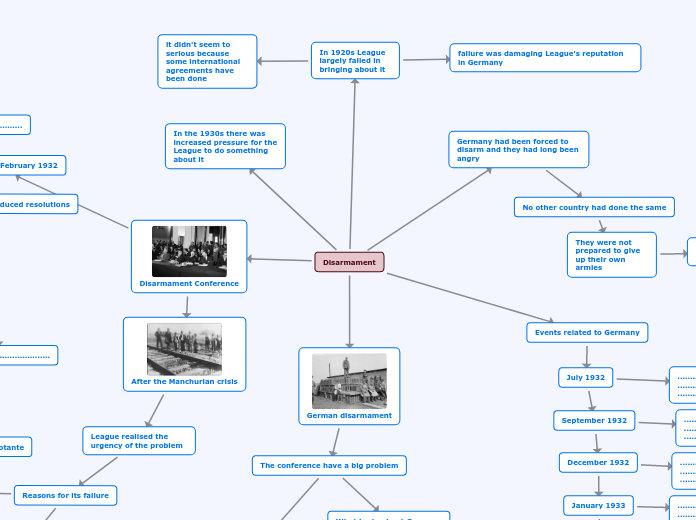door Diego Rojas 8 jaren geleden
3374
Italian and German Unification
The unification of Italy and Germany was a significant historical development in the 19th century. Prussia emerged as a dominant force, both economically and militarily, leading the German states, especially after the failed unification attempt during the Frankfurt Assembly.









